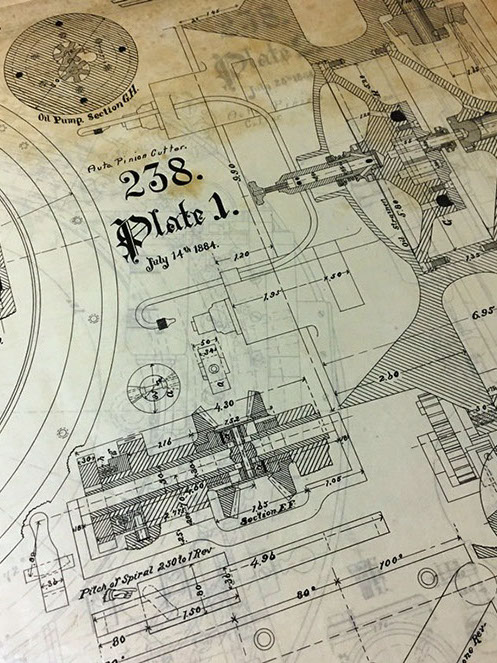
Having lived in Lancaster City most of my life, I was very accustomed to hearing the name “Hamilton Watch Company” growing up. I walked, biked, ran, and drove by it but thought very little of the history behind the towering red brick structure that took up most of the block. That was until I attended a Lunch Time talk at the Watch and Clock Museum in Columbia, PA.
Hamilton first became a popular company by dominating the market in railroad watches before switching over to wristwatch making. However, like most watch companies during World War II, Hamilton adjusted its business to produce timepieces for the military. After the war Hamilton continued production and actually introduced the world’s first electric watch in the 1950s. Hamilton continued innovation and top production until it was bought out in the 1970s and became a subsidiary of The Swatch Group. Because The Swatch Group moved the company overseas, this major piece of local watchmaking history seemed to have gone with it. All that remains of the now converted apartment building is the iron gate out front that reads H and W for Hamilton Watch.
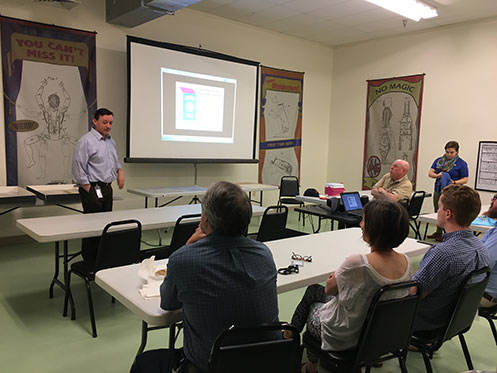
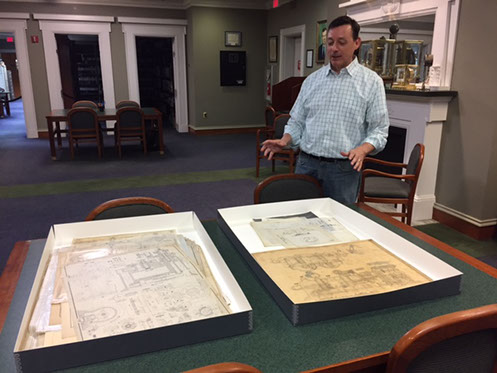
What makes history so enticing is that people and artifacts can always emerge and tell more and more of the past. Presented by Museum Director Noel Poirier, the Lunch Time talk that I attended focused on a brief history of the Hamilton Watch Company and the presentation of donated watchmaking machine blueprints. It was jaw dropping to see the very careful minute detail to which these engineered machines were drawn and constructed. These drawings of connected lines and shapes were overwhelming at first but strangely beautiful. I very quickly realized that watchmaking for these engineers in the factories wasn’t just a job but it was a life that they immersed themselves in.
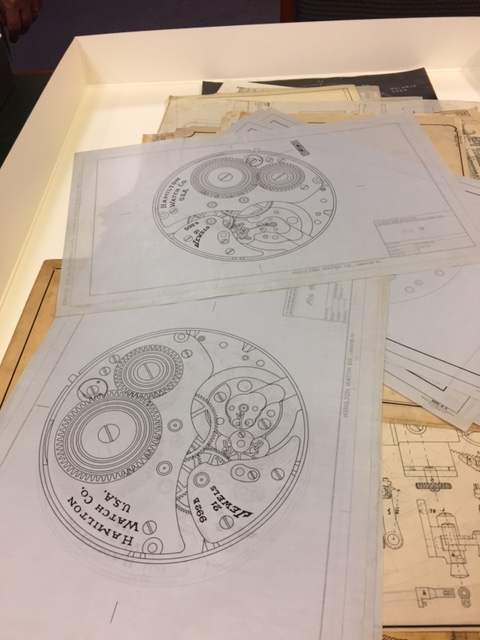
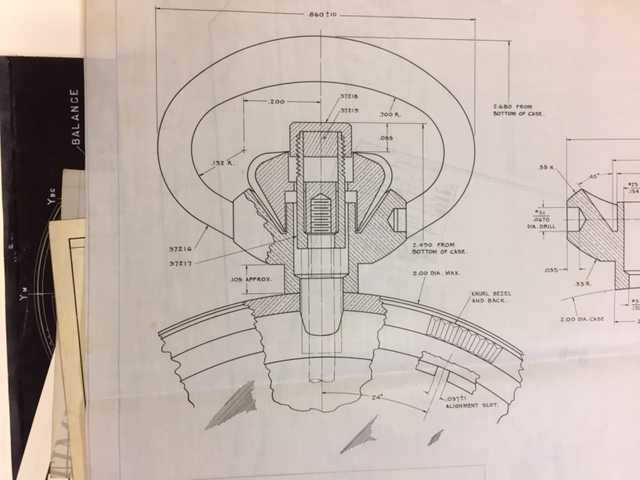
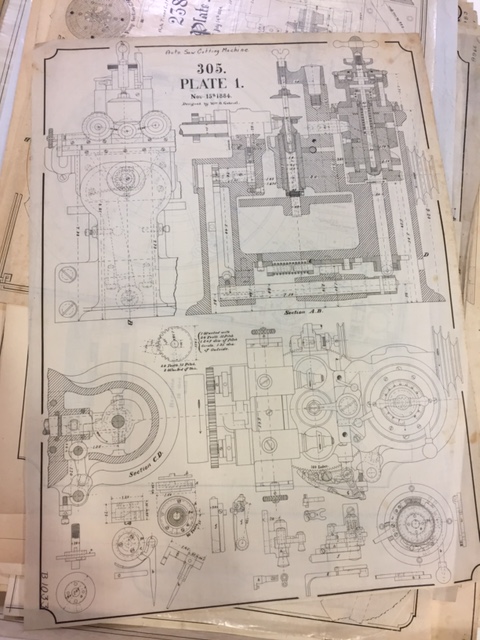
I immediately backtracked in my mind and tried to imagine how the Hamilton watch factory and even Lancaster was back in the day. I learned during Noel’s lecture that Hamilton was so big that it was bussing in people from towns around the city to work in its factory. It was as if the Hamilton building was its own city within Lancaster. I left the Lunch Time talk that day with a newfound feeling that Lancaster played an important part in the history of watchmaking in the United States. It also gave me even more appreciation for horology as a craft and as a profession.